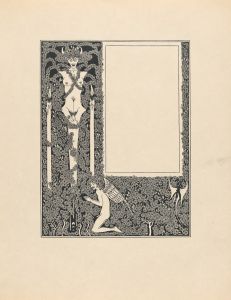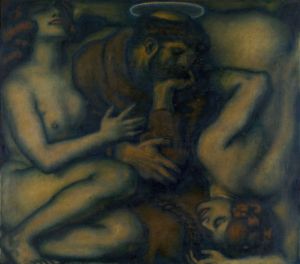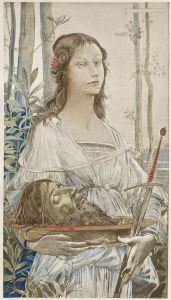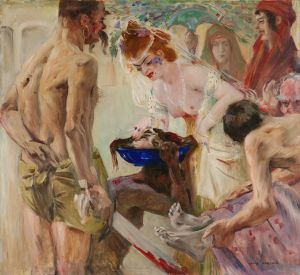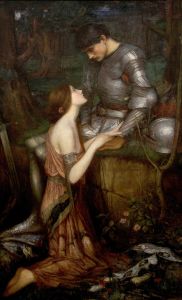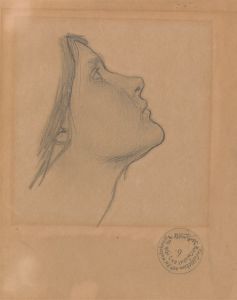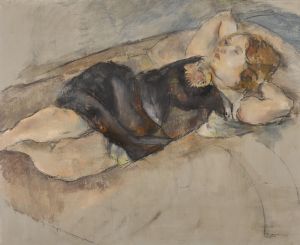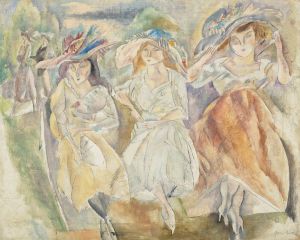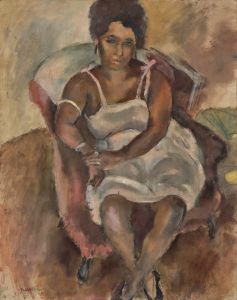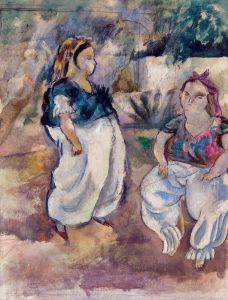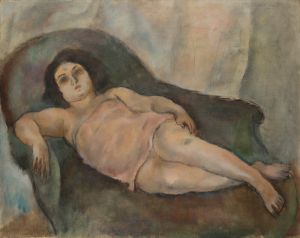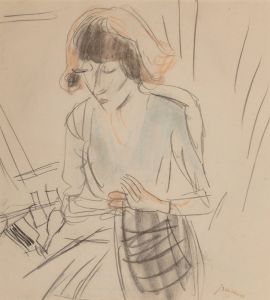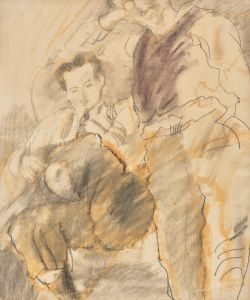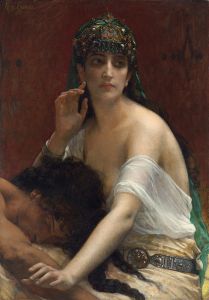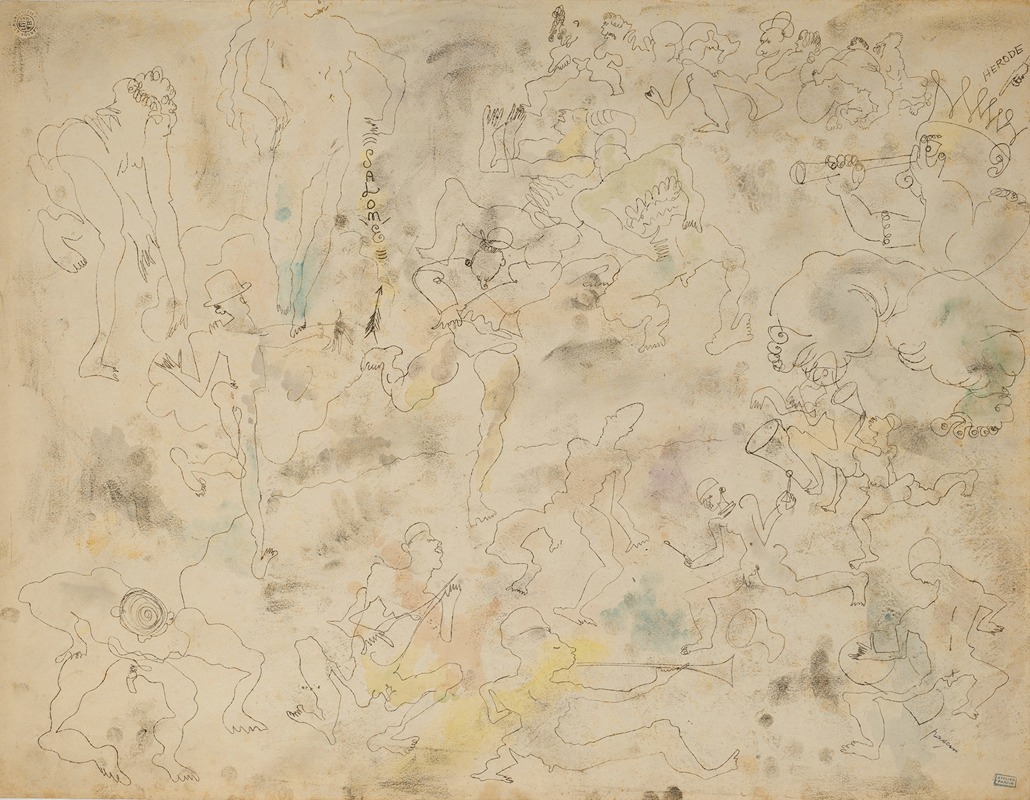
Salomé et le roi Hérode
A hand-painted replica of Jules Pascin’s masterpiece Salomé et le roi Hérode, meticulously crafted by professional artists to capture the true essence of the original. Each piece is created with museum-quality canvas and rare mineral pigments, carefully painted by experienced artists with delicate brushstrokes and rich, layered colors to perfectly recreate the texture of the original artwork. Unlike machine-printed reproductions, this hand-painted version brings the painting to life, infused with the artist’s emotions and skill in every stroke. Whether for personal collection or home decoration, it instantly elevates the artistic atmosphere of any space.
Jules Pascin, a Bulgarian-born artist associated with the early 20th-century Parisian art scene, is known for his distinctive style that blends elements of Expressionism and Fauvism. One of his works, "Salomé et le roi Hérode" (Salome and King Herod), reflects his interest in biblical and mythological themes, which he occasionally explored in his art.
The painting depicts the biblical story of Salome, a figure from the New Testament, and King Herod. This narrative is most famously associated with the episode in which Salome performs a dance that pleases Herod, leading to her request for the head of John the Baptist. Pascin's interpretation of this story is rendered in his characteristic style, which often features soft, fluid lines and a muted color palette. His approach to the subject matter is less about dramatic realism and more about evoking an emotional or psychological atmosphere.
"Salomé et le roi Hérode" is believed to have been created during Pascin's mature period, when he was living and working in Paris. During this time, Pascin was deeply influenced by the bohemian culture of Montparnasse and the artistic movements that flourished in the city. While he is best known for his portraits and depictions of women, this work demonstrates his ability to engage with historical and religious themes in a way that is both personal and universal.
The painting's exact date of creation is not well-documented, and specific details about its provenance or current location are not widely available. However, it is consistent with Pascin's broader body of work, which often explores themes of sensuality, human relationships, and the complexities of the human condition.
Jules Pascin's life was marked by both artistic success and personal struggles. Born in 1885 in Vidin, Bulgaria, he traveled extensively and eventually settled in Paris, where he became a central figure in the École de Paris. Despite his achievements, Pascin battled depression and tragically took his own life in 1930. His work remains celebrated for its unique blend of technical skill and emotional depth.
Due to limited information about "Salomé et le roi Hérode," further details about the painting's specific composition, dimensions, or exhibition history are not available.





